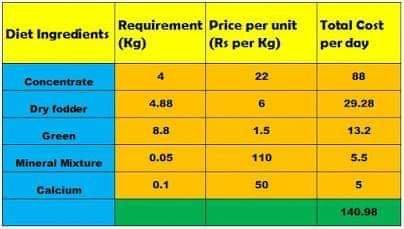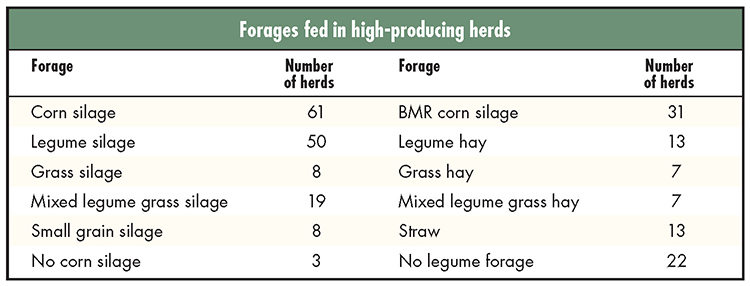


At the age of 7-15 days the feeding of grain mixtures may be started. When they reach four months of age, one should then transfer the calves to a "growing" grain ration.īetter growth and greater resistance to calf ailments result from consumption of grain and milk by the calf then when the calf is fed only on milk. One should then rub a small amount of starter on the calf's mouth, after each milk feeding for a few days when the calf will be accustomed to it. After a calf attains the age of 2 weeks the amount of whole milk given to it may be cut down. To avoid digestive troubles the mix should always be fed to calves after warming it up to 100oF.Ĭalf starter is a mixture consisting of ground farm grains, protein feeds and minerals, vitamins and antibiotics. The above dried products are mixed with water at the rate of 1 kg to 9 kg of water and then it is fed as skim milk. Here again the feeding schedule should be followed.įeeding dried skim milk, whey or buttermilk Excellent dairy calves can be raised by changing them from whole milk gradually after two weeks of their age. On many farms, large quantities of separated milk are available for feeding to calves and other livestock. The total amount of milk may be fed at 3 or 4 equal intervals up to the age of 7 days and then twice daily. Gamma - globulin level in blood serum of neonatal calves is only 0.97 mg/ml at birth. It increase to 16.55 mg/ml level after first colostrums feeding at 12 hr and subsequently on the second day shows a peak of 28.18 mg/ml. This level more or less persists till the reti-culoendothelial system of the calf starts functioning to produce antibodies. The protein of colostrums consists of a much higher proportion of globulin than doe’s normal milk. The globulins are presumed to be the source of antibodies which aid in protecting the animal from many infections liable to affect it after birth.

The importance of colostrums can be felt more from the following virtues. Be sure to feed the calf enough of colostrums between 2 to 2.5 liters daily for the first 3 days following its birth.Īny excess colostrums may be fed to other calves in the herd in amounts equal to the amount of whole milk normally fed. If possible where a cow is milked before calving, freeze some of the colostrums for later feeding to the calf. None of it should be wasted. The digestibility of colostrums increases when it is given at a temperature between 99oF and 102oF. It will vary with the system followed, but whatever system may be practiced, the calf must receive the first milk which the cow gives after calving and is called colostrums.


 0 kommentar(er)
0 kommentar(er)
